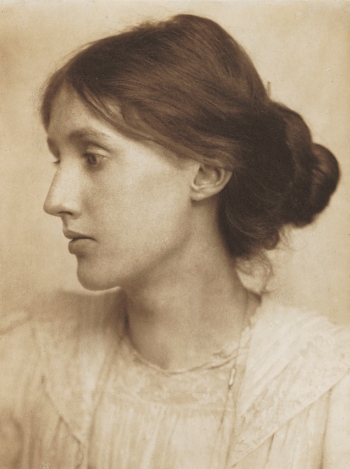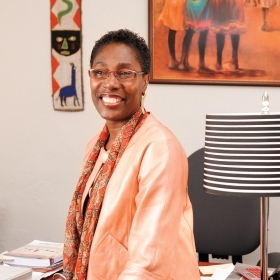In December 2014, Cambridge University Press released an annotated scholarly edition of Virginia Woolf’s Mrs. Dalloway edited by Anne Fernald ’88, associate professor of English and director of writing and composition at Fordham University. Fernald spent 11 years completing the textual edition. We caught up with her by phone at her home in New Jersey, where she is on sabbatical, taking a botanical illustration class and working on a new project.
Did you discover Virginia Woolf at Wellesley?
I didn’t study Woolf at all at Wellesley, but when I got to Yale, I took a class on Virginia Woolf and Gertrude Stein from Harriet Scott Chessman ’72. And I fell in love. I thought, Virginia Woolf is the writer for me. So even at Yale, it was through Wellesley that I found her.
Why is Woolf the writer for you?
It’s the sentences. It’s the care she pours into her sentences. In every paragraph you read, there is some very careful, incredibly specific, poetic way of describing ordinary experience. She’s paying attention to ordinary life, and connecting it to the five senses, but also connecting it to books that she’s read.
Are you a scholar who enjoys the tiny increments of comparison and notation in textual editing?
It was hard for me to learn how to take the kind of care I needed to take. And it’s a different kind of care than the artist has to take. I was talking about how much I love Woolf’s sentences—but that’s creative. Making a precise table about how many commas are in the American edition but aren’t in the British edition is key, but it’s not creative. Virginia Woolf found even the little bit of work like that that she had to do incredibly tedious. I took solace in that. I knew that she would have felt my pain.
Did the work change your experience of reading the book?
The novel has gotten—I don’t want to say encrusted, because that sounds barnacle-y—it’s more like lacquered. That’s the right word. The novel is lacquered in many, many, many layers. I know so much now about the literary allusions, the biographical references, what was going on in her life when she read a certain scene, what she was reading, what she was reviewing, why Homer comes in at that particular moment. The novel has gained depth and complexity for me. I don’t know if there are many books that would work that way. I think the tribute is to Virginia Woolf. This is a great work of art, one of the masterpieces of the 20th century.
What are you working on during your sabbatical?
My project is an article on Margaret Wise Brown, who wrote Goodnight Moon. Goodnight Moon really matters to us; it’s in our DNA.
Grace is a senior associate editor of Wellesley magazine.








We ask that those who engage in Wellesley magazine's online community act with honesty, integrity, and respect. (Remember the honor code, alums?) We reserve the right to remove comments by impersonators or comments that are not civil and relevant to the subject at hand. By posting here, you are permitting Wellesley magazine to edit and republish your comment in all media. Please remember that all posts are public.